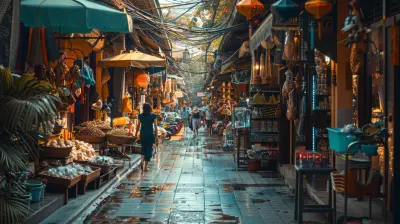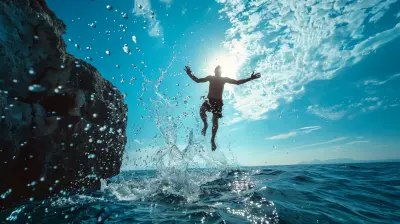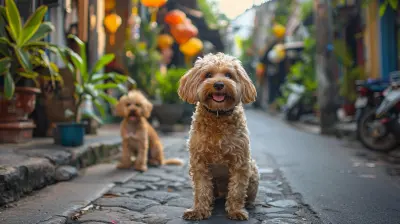Photographing Cultural Festivals: Tips to Capture the Energy and Spirit
13 October 2025
Cultural festivals are a vibrant mix of color, movement, tradition, and emotion. They pulse with energy, telling stories of heritage and history in ways that words often can't. If you're a photographer (or even just someone who loves capturing moments), photographing these festivals can be one of the most exciting and fulfilling experiences.
However, festivals are fast-paced, crowded, and unpredictable—which makes them both thrilling and challenging to photograph. How do you ensure your photos do justice to the electric atmosphere? How do you capture the true essence of the event without just snapping random pictures?
In this guide, we’ll walk through essential tips to help you photograph cultural festivals in a way that truly conveys their spirit and energy. 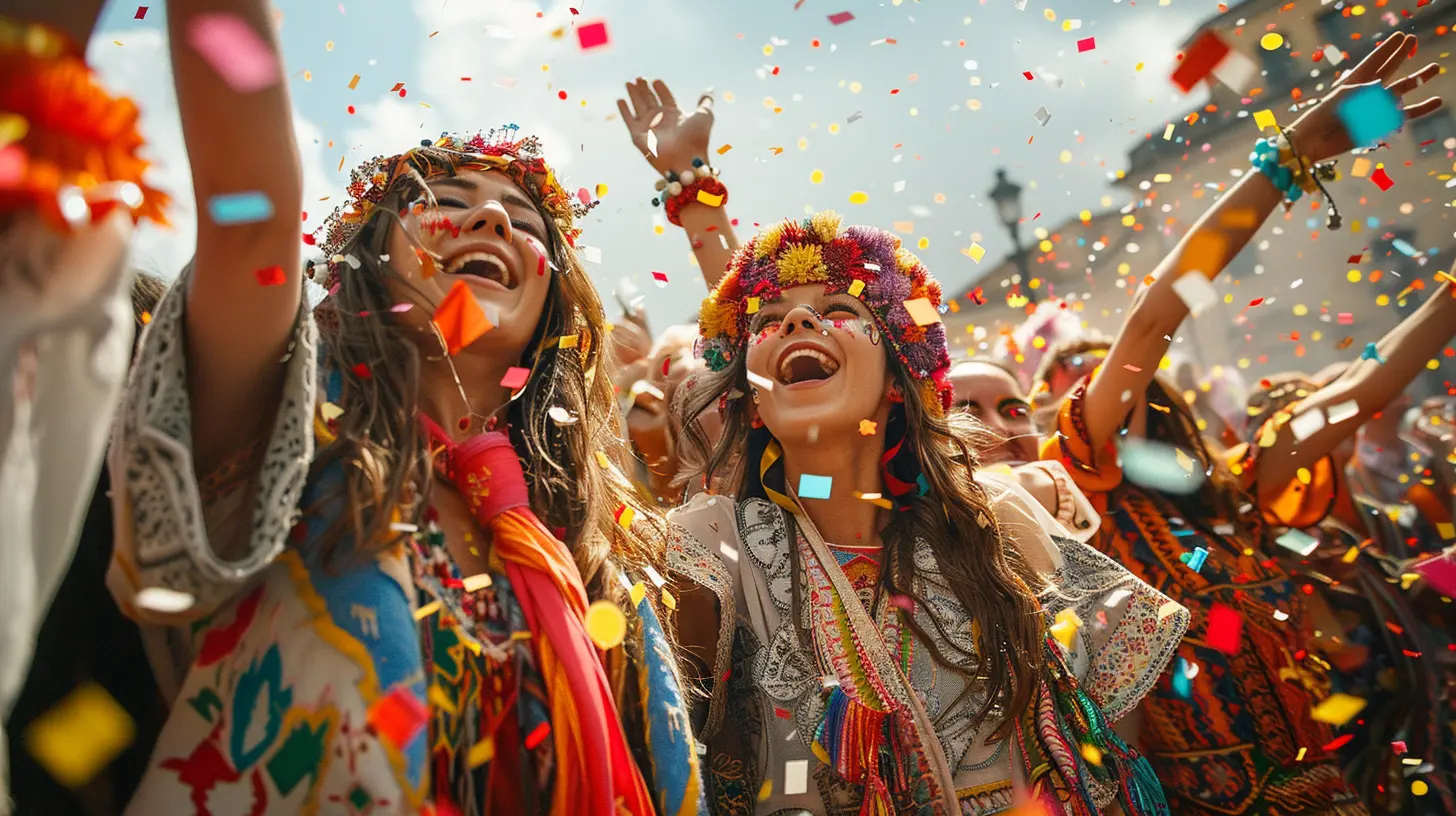
1. Do Your Homework: Research Before You Arrive
A little preparation goes a long way when photographing a festival. Before heading to any event, take some time to research:- The history & meaning – Understanding the cultural significance behind a festival helps you capture moments that truly matter.
- The schedule & key moments – Some events have peak moments, like the Holi color throw, a parade highlight, or a firework finale. Be prepared so you don’t miss the magic.
- Dressing appropriately – Many cultural celebrations have dress codes or guidelines. Blending in respects the culture and helps you move freely.
Research also helps you prepare for lighting conditions. Will it be indoors or outdoors? Day or night? Answering these questions in advance lets you bring the right gear and set your camera accordingly. 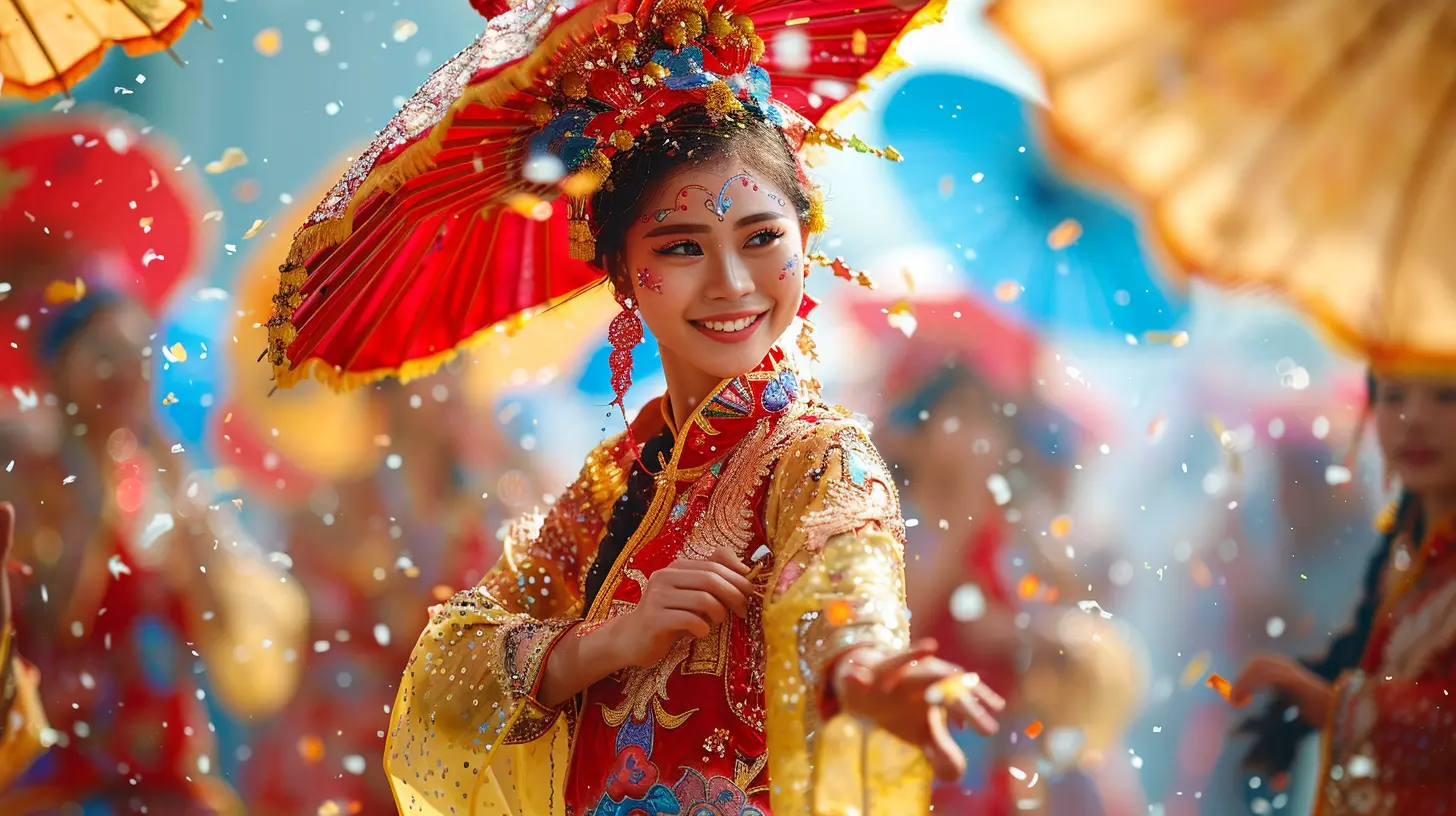
2. Pack Smart: Gear That Works for Festivals
Lugging around heavy equipment in a crowded festival isn’t practical. Instead, go for a lightweight yet versatile setup:✔ Camera: A DSLR or mirrorless camera with good low-light performance works best. If you're using a smartphone, ensure it has a quality camera sensor.
✔ Lenses: A wide-angle lens is great for capturing the grand scope of an event, while a prime lens (like a 50mm or 85mm) is excellent for portraits. If possible, a telephoto zoom lens (like a 70-200mm) helps capture moments from a distance.
✔ Tripod or Monopod: If you're shooting in low light or capturing long exposures (fireworks, night parades), a stable support is a lifesaver.
✔ Extra Batteries & Memory Cards: Festivals are unpredictable, and you don't want to run out of storage or power when something incredible happens.
✔ Lens Cleaning Kit: Festivals can be messy—dust, fog, or even color powders (like in Holi). Keeping your lens clean ensures crisp shots. 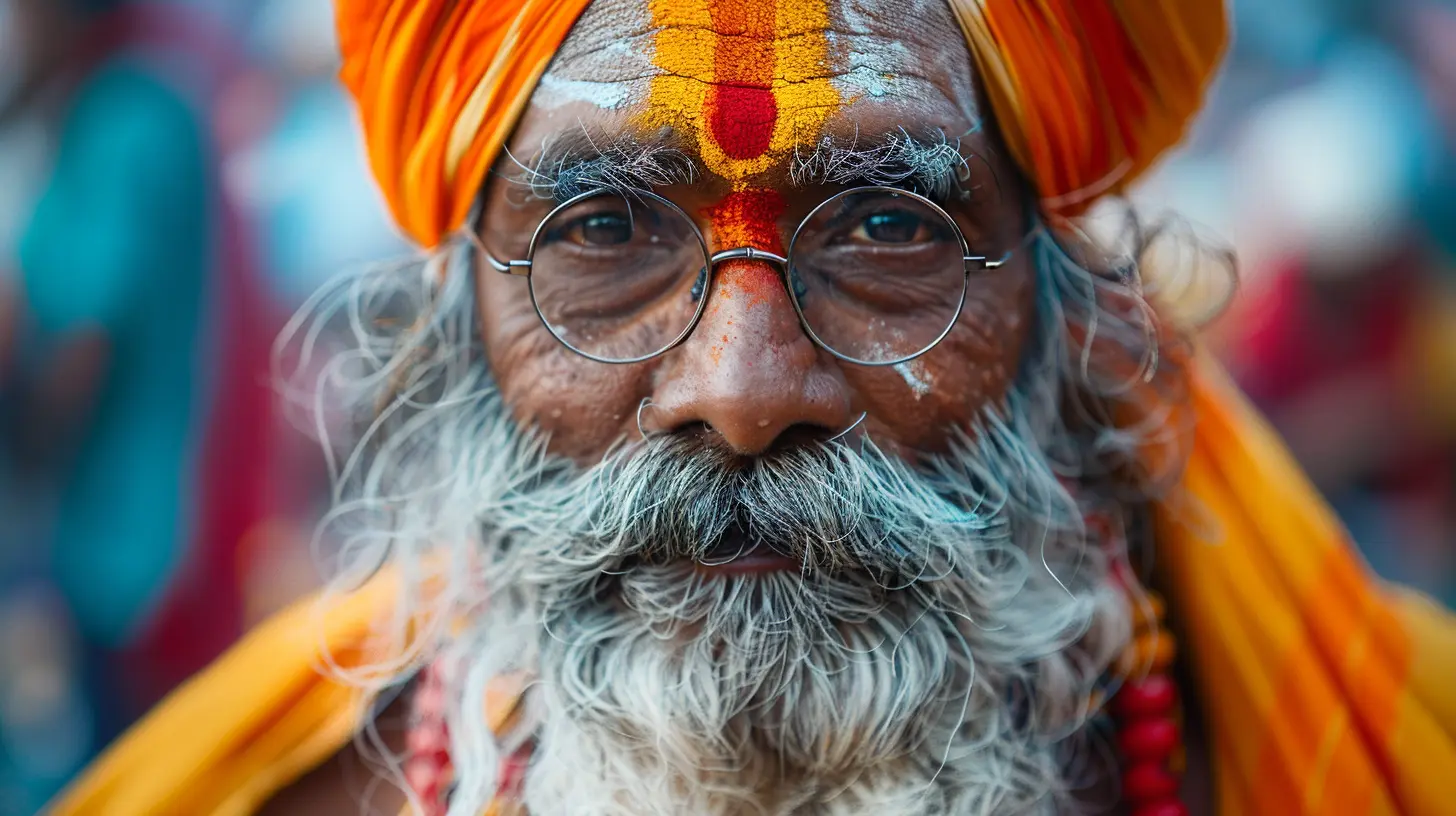
3. Capture Emotions & Expressions
Festivals are about people. Their excitement, joy, and sometimes even solemnity define the event. Focus on capturing authentic emotions—whether it's a dancer's passionate movements, a child's wide-eyed wonder, or an elder's nostalgic smile.- Use a fast shutter speed to freeze dynamic action, like a dancer mid-spin.
- Get close, but be respectful of personal space. A zoom lens can help capture intimate moments without intruding.
- Pay attention to facial expressions and body language—this is where real stories unfold. 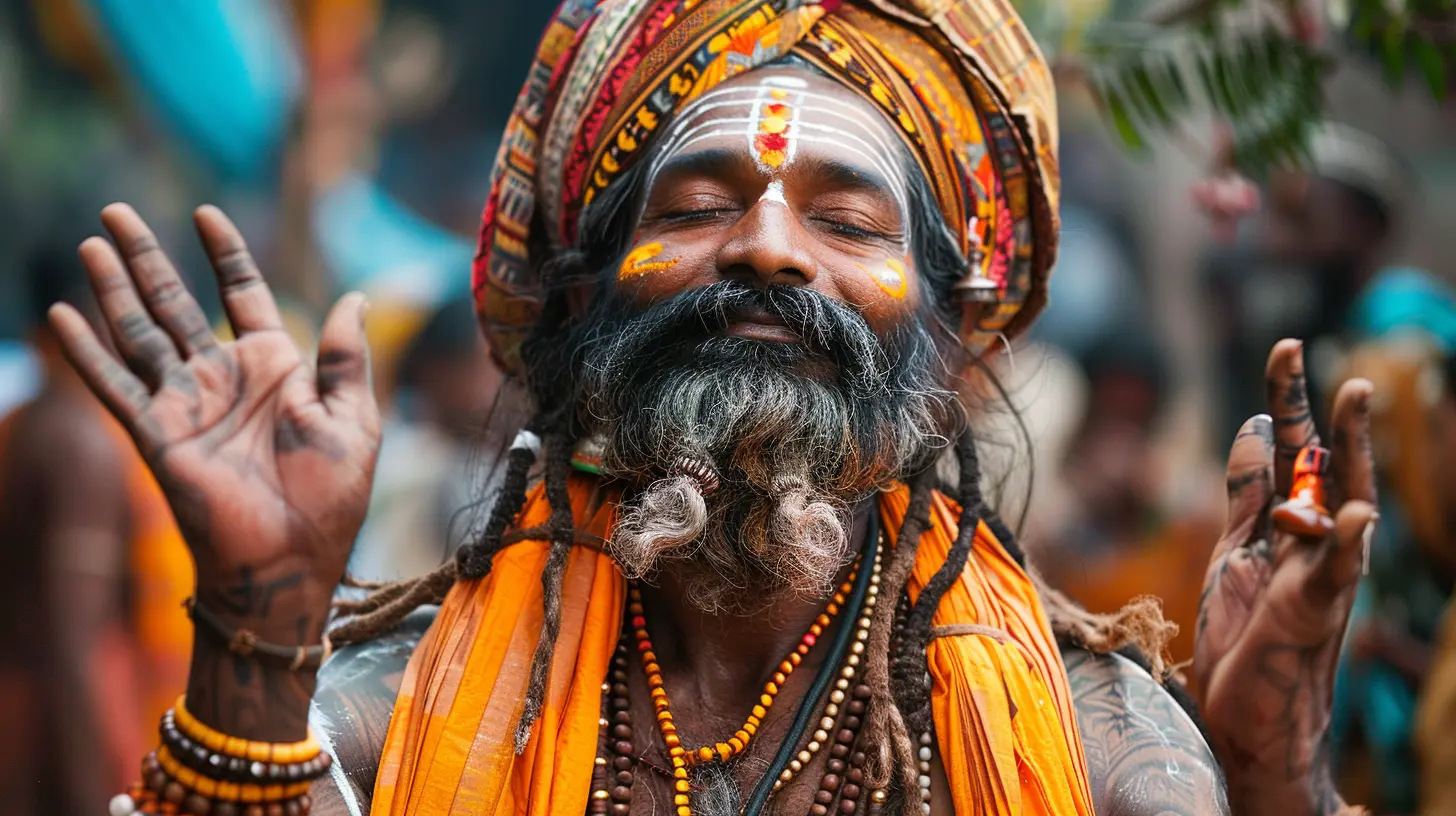
4. Play with Light & Color
Cultural festivals are bursting with color—think of Rio’s Carnival, India’s Holi, or Japan’s Hanami. Use these vibrant hues to your advantage!- Golden Hour Magic – If possible, shoot during golden hour (just after sunrise or before sunset) for warm, soft lighting.
- Neon Nights – Night festivals often have glowing lanterns or city lights—use them creatively for dramatic images.
- Contrast & Composition – Bright costumes against neutral backgrounds can make your subject pop. Try to frame shots where colors harmonize or contrast beautifully.
5. Frame the Story: Composition Matters
Composition is everything in photography, and festivals offer endless opportunities to get creative.Rule of Thirds
Break your frame into a grid of nine squares. Place the subject along the intersecting points rather than at the center. This adds depth and balance.Leading Lines
Use elements like streets, parades, or dancers’ movements to guide the viewer’s eye through the photo.Framing Subjects
Use doorways, arches, or even a group of people to frame a key subject and draw attention.Negative Space
Sometimes, leaving empty space in your frame can make a powerful statement—especially in contrast-heavy festival environments.6. Capture Both Wide Shots & Close-Ups
A good festival album should tell a complete story. Mix up your shots:- Wide-angle shots – These showcase the grand scale—parades marching through streets, fireworks illuminating the sky, or a massive dancing crowd.
- Mid-range shots – These focus on small groups in action, like a family watching fireworks or performers mid-routine.
- Close-ups & details – Zoom in on hands drumming, intricate face paint, or the texture of elaborate costumes.
Varying your perspectives keeps the story dynamic and engaging.
7. Respect the Culture & Seek Permission
Photographing cultural festivals isn’t just about aesthetics—it’s about preserving a moment in someone’s deeply rooted traditions. Always shoot with respect and sensitivity:- Some cultures discourage or prohibit photography of specific rituals, religious sites, or people. Ask before shooting.
- If someone looks uncomfortable being photographed, don’t insist. A genuine image is always better than a forced one.
- If you capture a powerful portrait, consider sharing it with the subject. Many people love to see themselves in beautiful candid moments!
The best festival photos aren't just "pretty pictures"—they're respectful representations of culture and tradition.
8. Be Ready for Action: Fast Movements & Crowds
Festivals are chaotic and fast-moving—you need to anticipate moments before they happen.- Use burst mode to capture multiple frames in rapid succession. This increases your chances of getting the perfect shot.
- Adjust to a high shutter speed (1/500 sec or faster) for action—dancers, musicians, or fireworks need crisp captures.
- If the crowd is dense, elevate your camera (use a small step stool, or shoot from an angle) to avoid obstructed views.
Quick reflexes are key! The best shots often come in split seconds.
9. Edit Thoughtfully: Enhance, Don’t Overdo
Post-processing can enhance your festival shots, but keep it real.- Adjust exposure to balance shadows and highlights, especially in high-contrast festival environments.
- Boost saturation subtly to bring out colors without making them look unnatural.
- Sharpen details without making faces look overly processed.
- Convert some images to black and white for a timeless, documentary-style feel.
Editing should amplify the story, not overshadow it. Keep it natural and authentic!
10. Immerse Yourself: Live the Festival, Not Just the Photos
The best festival photographers are also participants—not just bystanders. Engage with the event, talk to people, try festival food, and soak in the joy.By truly experiencing the festival, your photos will reflect genuine emotions and meaningful moments—not just snapshots.
Remember, a festival is more than stunning visuals—it’s about spirit, tradition, and human connection. If you capture that, you’ve done your job right.
Final Thoughts
Photographing cultural festivals is an adventure—one that rewards you with unforgettable moments and powerful images. Whether you're traveling the world for iconic celebrations or capturing local traditions in your own backyard, the key is to shoot with heart, respect, and curiosity.So grab your camera, embrace the chaos, and start capturing the energy and spirit of these incredible celebrations. Who knows? Your next festival shot might just be the one that tells a story for generations to come.
all images in this post were generated using AI tools
Category:
Photography TipsAuthor:

Shane Monroe
Discussion
rate this article
1 comments
Carson Pacheco
Embrace the vibrant spirit of cultural festivals through your lens! Each click of the camera is a chance to share stories, celebrate diversity, and connect with the world. Happy photographing!
October 14, 2025 at 3:52 AM

Shane Monroe
Thank you! I appreciate your encouragement and completely agree—capturing the essence of cultural festivals is all about storytelling and connection. Happy shooting!
